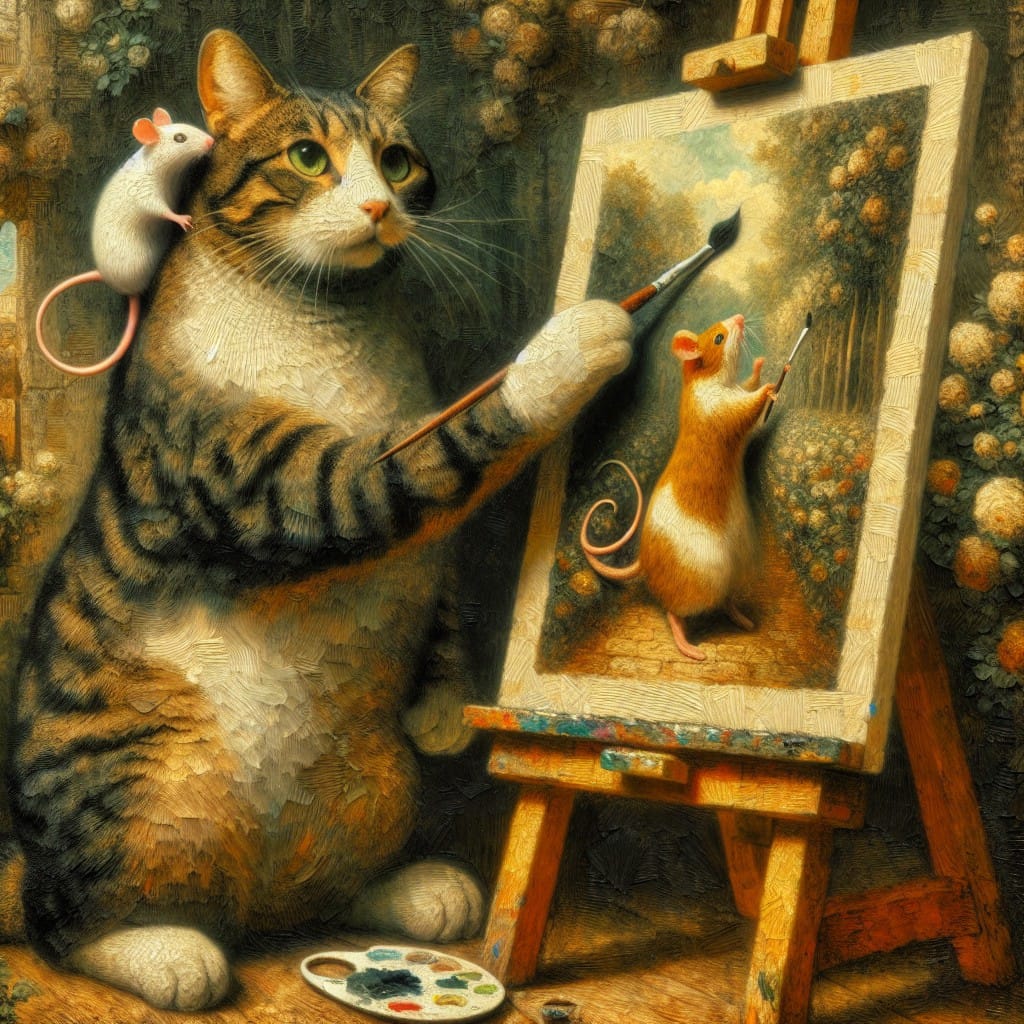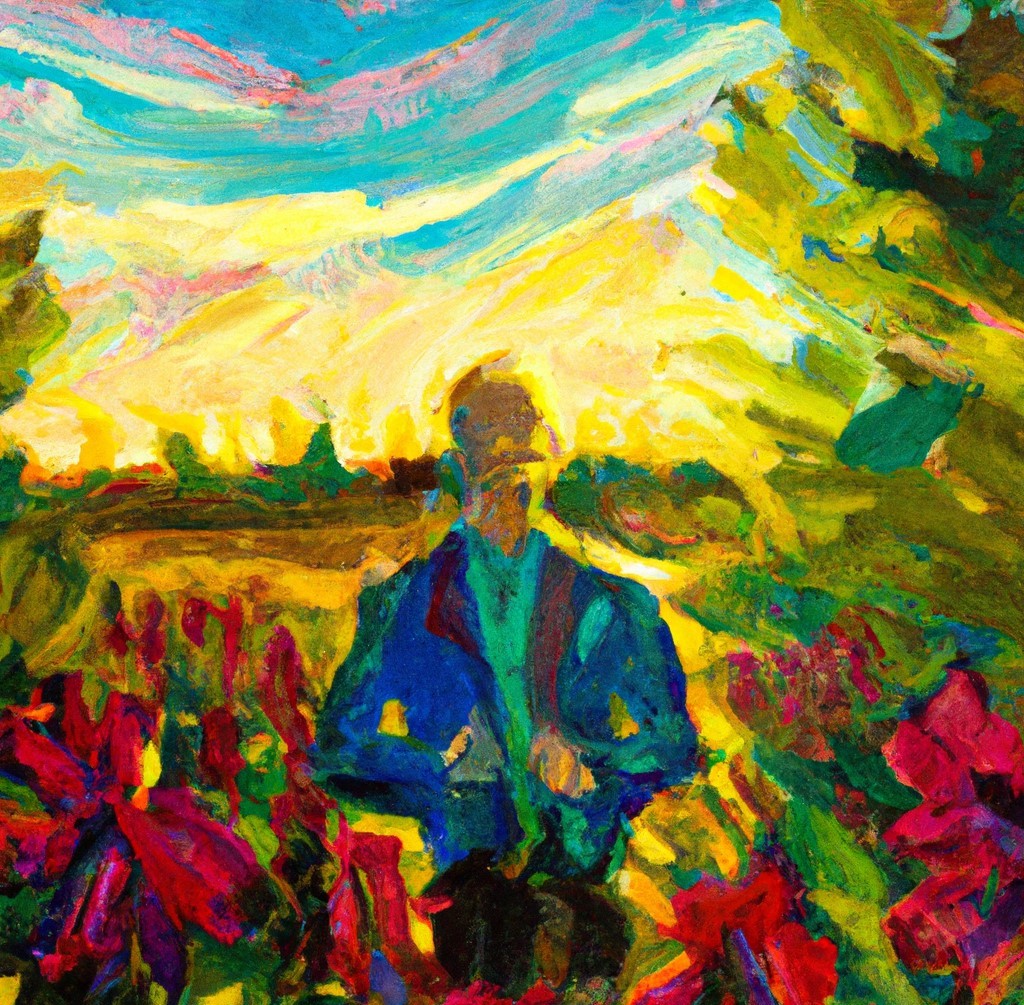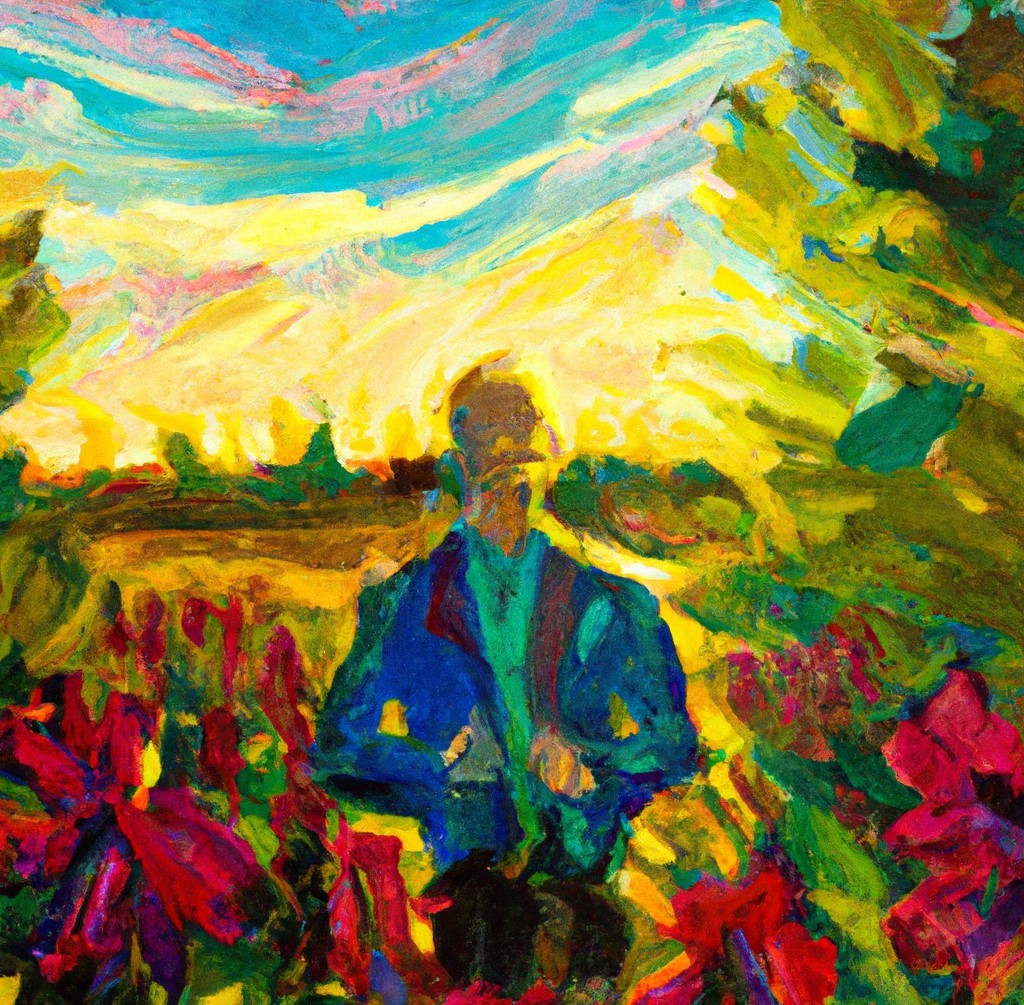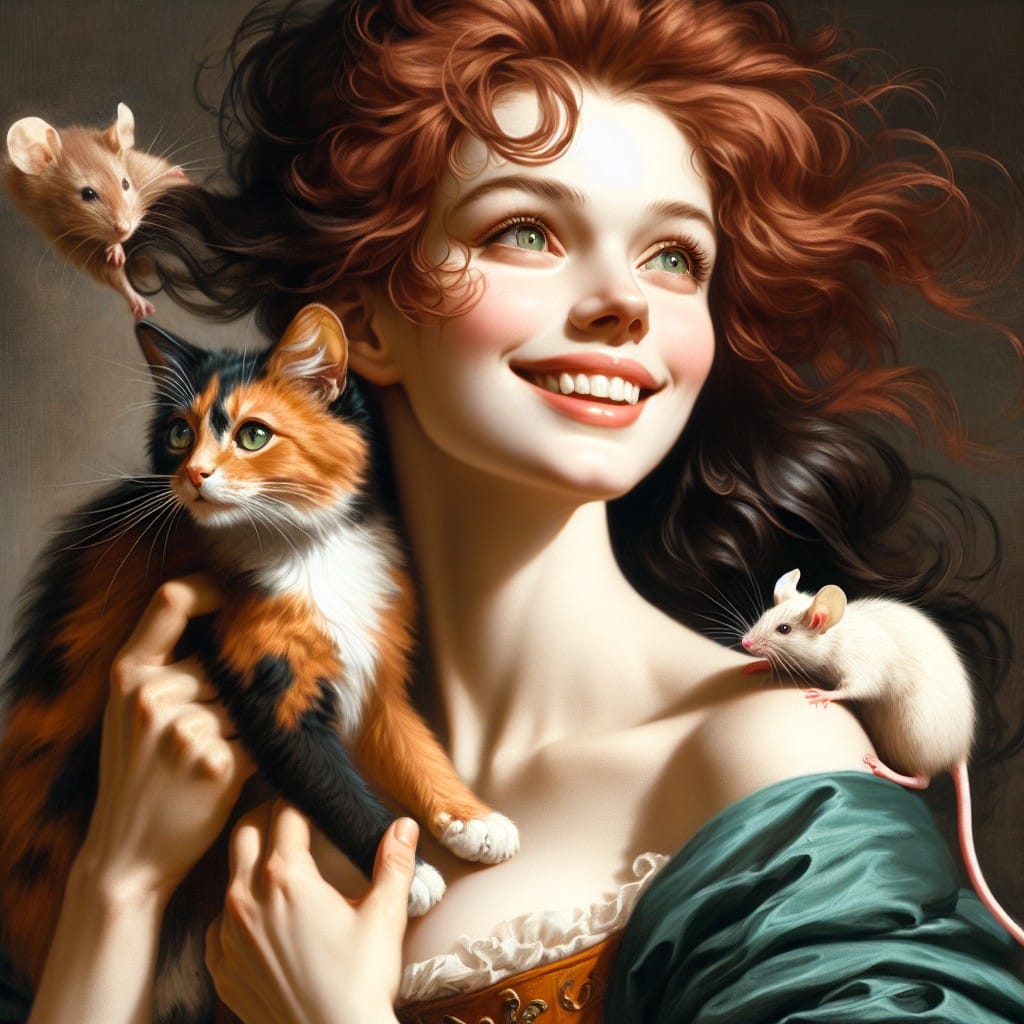And both

Normally, kaj is translated as "and", but in the first instance of the following, "both" is more appropriate:
kaj la kato kaj la muso pentras bele
both the cat and the mouse paint beautifully

It's how you emphasise that each of the terms after kaj are absolutely involved in whatever statement that follows.
But unlike the English phrasing, which is limited to two elements, you could use it for as many terms in the same sentence as you please, introducing each term with kaj. Pretty cool.
However... we've already got a word for "both":
ambaŭ bestoj pentras
both animals paint
What's going on?
The PMEG suggests thinking of ambaŭ as ĉiuj du "all two", and that you'd use it in place of ĉiuj "all" when you're referring to only two elements. Which is neat, but to my (perhaps slightly chocolate-laden) mind - I couldn't see how that necessarily prevents it from being used in my first example sentence.
But what then follows is a couple of tests for deciding whether ambaŭ is used correctly, which began to help:
Ambaŭ is a difinilo, a "determiner" like la "the". So if you find yourself trying to say both together modifying the same term - there's usually something iffy happening - in the same way that you shouldn't be saying ...ĉiuj la... in general.
Secondly, if you find that you can replace ambaŭ with ĉiuj and the sentence still works (but now talks about 2 or more, instead of just 2), then that's more evidence you've got the right one:
ĉiuj bestoj pentras
all animals paint
But I think it's also best to have in your mind that kaj... kaj... is for emphasis purposes only. Think both that ambaŭ is the thing that can stand alone, or the thing that follows ambaŭ should be something plural of which there are 2.
ambaŭ katoj kaj ambaŭ hundoj
both cats and both dogs (2 cats, 2 dogs)
Even if, through apposition the alone-standing ambaŭ is clarified:
ĉu vi pensas ke ambaŭ (bestoj), (t.e.) la kato kaj la muso, pentras bele?
do you think both (animals), (i.e.) the cat and the mouse, paint beautifully?

A neat little bonus conversational construction also turns up on the PMEG page about kaj... kaj, something like this:
ĉu vi havas katon aŭ muson? - Kaj, kaj (= mi havas kaj katon kaj muson)
literally: do you have a cat or a mouse? - Both, and (= I have both a cat and a mouse)
